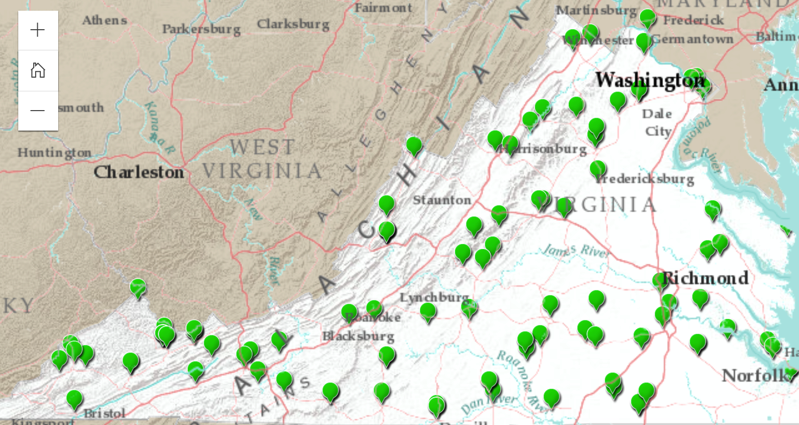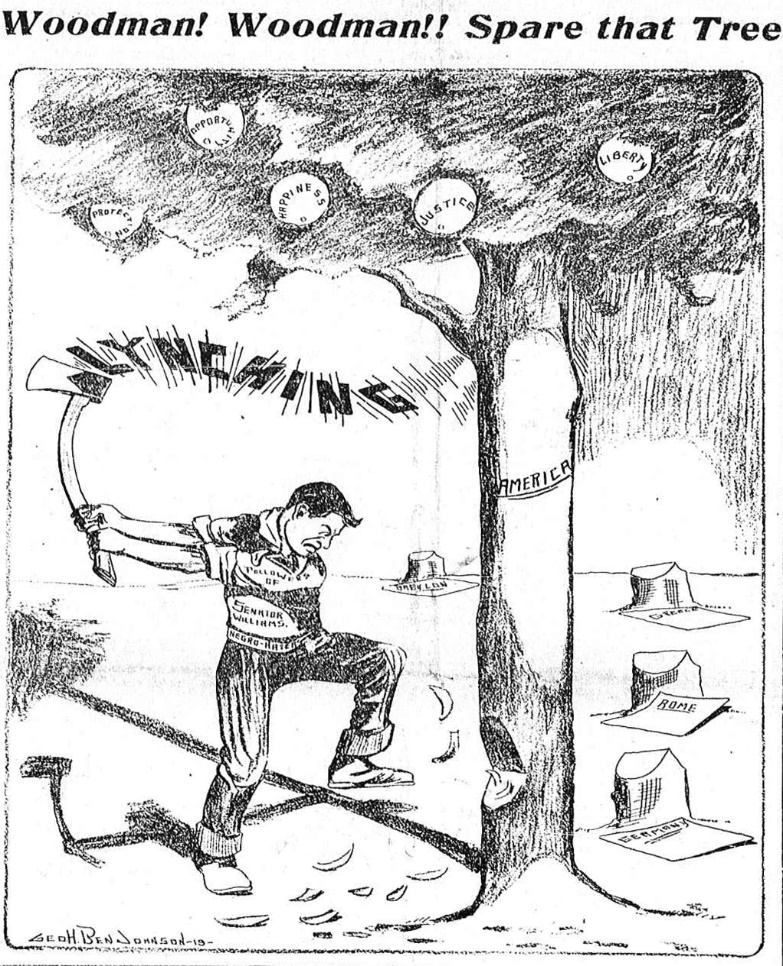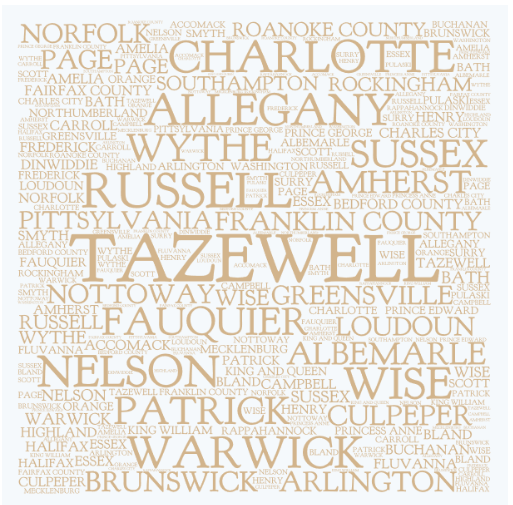Digital Humanities and Digital Scholarship
This article by Justice Studies professor Gianluca De Fazio discusses digital scholarship and collaborative research projects through the lens of the digital research project on the history of lynching in Virginia that De Fazio has led since 2016.

Digital Humanities (DH) are often associated with new ways of teaching humanities courses, or with the design of innovative digital assignments for undergraduate students. However, DH are much more than that: they are also a vehicle to deliver collaborative research projects, with an emphasis on promoting and cultivating undergraduate students as researchers. A key component of DH is Digital Scholarship, defined as: “the use of digital evidence and method, digital authoring, digital publishing, digital curation and preservation, and digital use and reuse of scholarship.” Digital Scholarship has expanded tremendously in the last decade, marked by interdisciplinarity and a disparate array of research topics (e.g., projects on the Trans-Atlantic Slave Trade, Redlining in New Deal America, Civil War Letters). These projects are not only transforming humanities and social science scholarship, but they are also promoting its value to a larger audience, involving a broad community of experts, from librarians to computer scientists. In particular, libraries are distinctive incubators for digital scholarship, and the libraries at JMU are no exception.
In fact, thanks also to the amazing support provided by Libraries and Educational Technologies (LET), Digital Scholarship is thriving here at JMU. Scholars from various disciplines like English, History, Justice Studies and others, are conducting exciting digital projects that involve undergraduate and graduate students. For instance, English professor Brooks Hefner has developed advanced digital tools to ‘explore the circulation of American periodicals from 1880 to 1972 in his project Circulating American Magazines, while History professor Kevin Borg reconstructed the development of Harrisonburg through historical maps with his Spatial History in the Public Square project.
In the past two years, I have led a digital research project called Racial Terror: Lynching in Virginia, 1877-1927. This project examines one of the darkest, yet almost forgotten, pages of American history: the lynching of thousands of people in the US South between the end of Reconstruction and the 1930s. While a small number of the victims of mob violence were white, lynching was essentially a form of state-sanctioned terrorism against African Americans; in fact, very few lynchers ever faced trial, and almost no-one was ever indicted for these crimes. Lynching was a key institution in the preservation of white supremacy in the Jim Crow South.


The website I compiled with the help of Kevin Hegg, Director of Digital Projects at JMU, and my undergraduate research team, aspires to unveil the forgotten stories of the victims of these lynching mobs. The website hosts a relational database of all the lynching victims, allowing searches based on the race and gender of the victims, as well as the county where the lynching had occurred and during which decade. For each lynching, the database provides a brief summary of the events that led to the killing, as well as what happened in the aftermath of the lynching. In each of these individual posts, readers have access to all the original newspaper articles collected detailing that specific lynching. In total, this digital project stores more than 500 historical newspaper articles from 36 different Virginia newspapers, describing these barbaric acts of ‘popular justice’. All these articles are available for anyone to browse, read and download. The website also hosts an interactive map of Virginia displaying where each lynching has occurred.
Reading the stories of lynching victims improves our understanding of their ongoing significance for contemporary issues of racial oppression. This digital project is used as a pedagogical tool to spark in-class discussions on racial violence, collective memory, diversity and inclusion. The website is also intended to serve as a way to honor the memory of those who died without the benefit of due process, in a land that takes pride in being a nation of laws.
Ultimately, this project is an example of digital scholarship that aims to foster JMU’s commitment to public scholarship and civic engagement. Based on this research, I am currently preparing a couple of articles; the first paper discusses the website as both a pedagogical tool and a scholarly resource, while the second one reconstructs the evolution of lynching in the Shenandoah Valley. This website has also sparked the interest of the local community and journalists, and I have been invited to discuss this project at various talks, both at JMU and in Harrisonburg. Together with local organizations like the Northeast Neighborhood Association (NENA), we are working towards commemorating the story of Charlotte Harris, lynched in Harrisonburg in 1878.